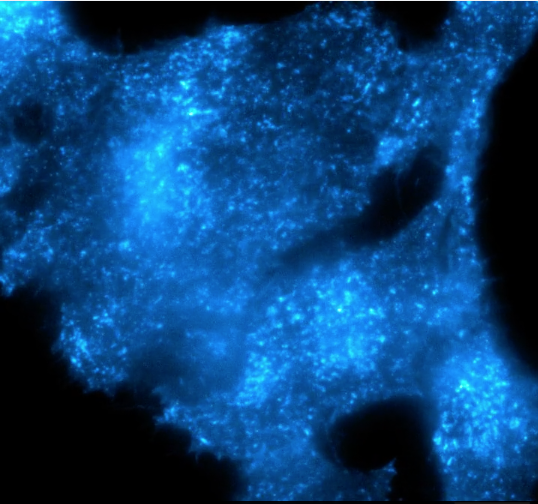Observe and image unlimited biological structures
with the highest temporal and spatial resolution at microscopy scale.
Fluorescence microscopy relies on the illumination of fluorescent probes and the detection of their resulting light emission (called fluorescence) to reveal the internal structures of cells of interest labelled with the same probes. Combined with very high numerical aperture objective lenses, along with high speed and sensitivity detectors, fluorescence microscopy offers the highest spatial resolution that is limited by the optical diffraction barrier (~200 nm) and temporal resolution (< 1 sec). The range of fluorescent probes available makes fluorescence microscopy the perfect tool for multi-structure observation with unrivalled contrast.

